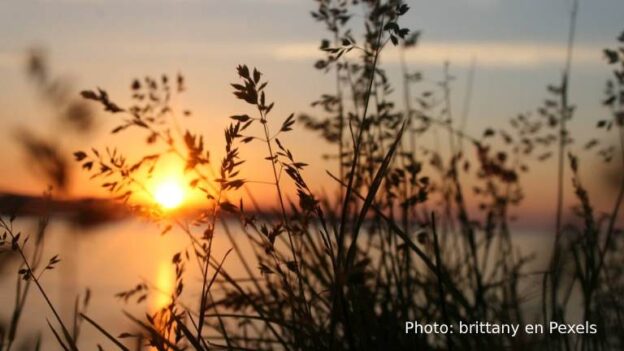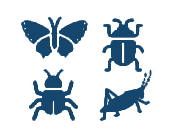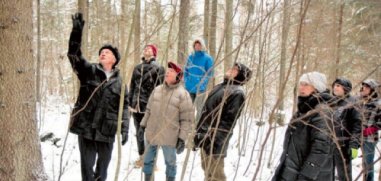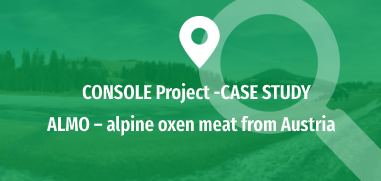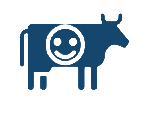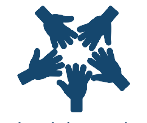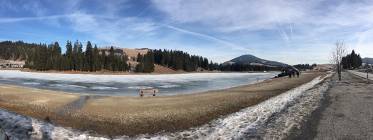There is no doubt that Climate Change is changing the way of life of humanity. The last two decades have seen the warmest years, which are causing the most extreme meteorological phenomena (floods, forest fires, heat waves, etc.); and causing irreversible changes in many ecosystems, the loss of biodiversity and the decrease in the production of many crops.
For this reason, climate change is a challenge that requires a response from the European Union (EU), as demonstrated by being one of the signatories of the Paris Agreement, whose objective was to limit global warming to below 2 °C and make efforts to limit it to 1.5 ° C.
What is the EU doing in the face of climate change?
As we have been announced in subsequent publications, the EU has developed a series of measures and establishes objectives such as:
- Reduce greenhouse gas emissions (20% compared to 1990);
- Increase the production of renewable energy;
- Improves energy efficiency.
And to achieve this, the EU has developed (and adapted to the realities that were emerging) the EU emissions trading system (ETS), to reduce Greenhouse Gas emissions, of which the primary sector is a part.
Goals for 2030
In 2014 the EU agreed to the 2030 climate and energy framework, where it commits to reducing greenhouse gas emissions by at least 40% (compared to 1990)
European Council on COVID-19 and Climate Change
On October 15th, the European Council on COVID-19 and Climate Change was held with the aim of evaluating the current epidemiological situation and analysing its position on Climate Change.
At this meeting, it was agreed to increase ambition for the next decade, updating its climate and energy policy framework, and setting the goal of reducing emissions by 55% in 2030.

